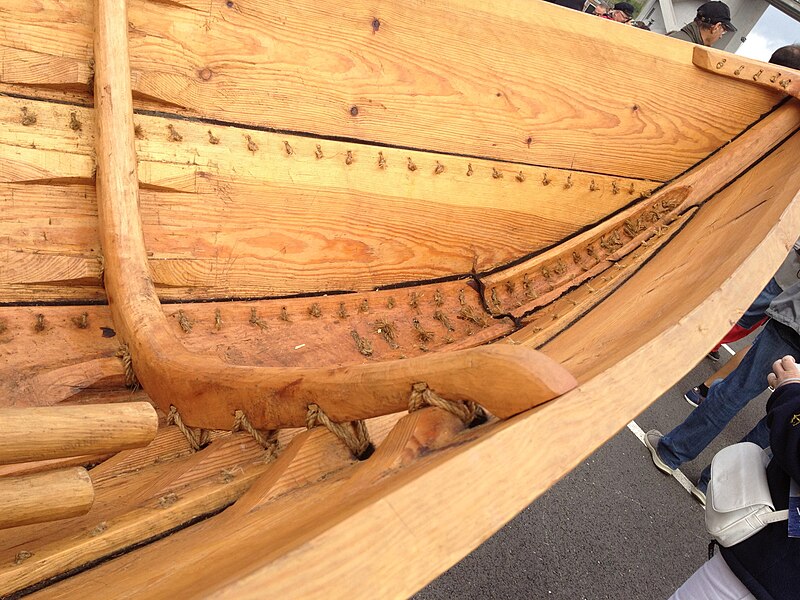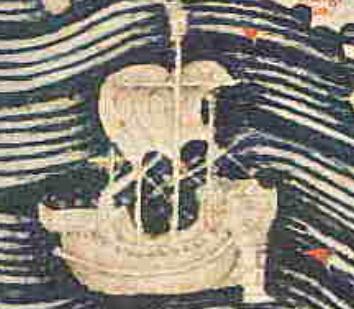Last episode, King Gadarat of Aksum greatly expanded the Aksumite kingdom, engaging in wars of expansion that pushed Aksumite influence further into the Ethiopian highlands, as well as conquering the city of Najran from the Himyarite kingdom in Yemen. However, while Gadarat's wars had managed to push Aksumite's influence to an even further horizon, his wars were incredibly expensive in both money and lives. Additionally, the fallout from the destructive campaign in Yemen left Aksum incredibly diplomatically isolated, as Gadarat had ruined the kingdom's relationship with every state in the southern Arabian region. The burden to maintain the fragile gains fell into the lap of king Adhebah of Aksum. As the written form of Ge'ez didn't possess vowels at this point, his name was, in reality, spelled as DBH, and Adhebah is simply historians' best guess.
I admittedly simplified the political circumstances that led to the formation of an alliance between Aksum and Himyar in this episode. Himyar, in addition to facing the threat of war from the Sabaeans, was also engulfed in a civil war between two claimants to the throne. In fact, one of the events that spurred the end of the previous friendship between Himyar and Saba was the latter's support of a pretender on the Himyarite throne.
In response to the outbreak of war between Himyar and Saba, the Aksumite King Adhebah ordered his son, Germa to aid the Himyarite king Shamir Yuhahmid. Germa's name is similar to the Ge'ez words for majesty, terror, or frightful, showing how his reputation as a martial leader proceeded him. Despite the intimidating name, however, Germa would produce mixed-results on the battlefield throughout his career. In this early war, he won initial engagements but would later be forced to retreat and sign a hasty peace with Saba.
In a later period, the Aksumite king Datwinas would make a more concerted effort to bring Himyar under his heel. Using the Aksumite fleet, he transported thousands of Aksumite soldiers across the Red Sea to combined forces with Germa's garrison and wage a new war against the kingdom that had so briefly been their ally. Unfortunately, what Aksumite ships looked like is a mystery to us. We are certain that the nation had an impressive navy, as accounts from the time indicate that Aksum possessed the most powerful naval fleet in the Red Sea region. Additionally, we know a few scant details about the ships used. Instead of using iron nails, the Aksumites fastened their ships' planks together using a series of complex rigging and knots. This construction method allowed Aksum to produce more ships at a cheaper cost but unfortunately means that shipwrecked Aksumite vessels saw their ropes disintegrate underwater, making the shipwreck's remains fall apart. The locations of Aksumite shipwrecks can be identified, as their cargo remained intact, but the remains of the ship are so scattered that identification of the shape or form of the craft is impossible. However, they do provide an estimate of the ships size, with 19 meters (62 feet) being the most likely length, about the size of a small Roman bireme ship. It's worth noting, however, that this was a civilian merchant vessel, and that ships used for war were most likely significantly larger. Unfortunately, no illustrations of Aksumite vessels from this time exist either, so what these African warships looked like remains a mystery.
 |
| An example of a modern woven boat |
The closest guess we can make to what an Aksumite ship looked like is to look to the Eastern neighbors, the Somali. The kingdoms and city states of Somalia continued using woven ships called bedens, or uwasiyye in their larger form designed for hauling cargo and warfare. It's possible that their Aksumite neighbors used a similar model of ship, but this is only a guess.
 |
| An illustration of a Somali naval vessel, 15th century AD. Aksumite vessels may have had a similar design, albeit in likely a more primitive form as this image predates Aksum's second and third Arabian wars by around 1,200 years. |
Regardless of what their ships looked like, Aksumite merchants were happy to use them in mercantile missions across the Indian Ocean. To facilitate this trade, after the rule of Endubis, Aksumite merchants began using gold coins. While gold coins are today unfortunately associated primarily with sketchy infomercials targeting seniors, they were once considered an incredibly prestigious item. In antiquity, gold coins were an item of wealth reserved for the wealthiest countries. In this era, only four kingdoms minted gold coins. These were Rome, Aksum, Persia (on rare occasions only), and the Kushan Empire of Northern India. However, Aksum was alone in the quality of its coins. Gold coins are usually minted with gold composing only a small portion, with a gold plating covering an inside composed of less valuable metal. Aksumite gold coins, however, were unique in their high gold content.
 |
| Gold coins of Endubis |
The coins of Endubis provide us a surprising amount of insight into how Aksumite kings portrayed themselves. The Greek and Latin lettering read "King Endubis", indicating that the value of the coins was backed up not by their own intrinsic value, but by the strength of the Aksumite kings. The king's bust is flanked on each side by stalks of wheat. This association of the king with wheat indicates that the teff plant held some kind of symbolic significance to the Aksumites, the significance of which remains a mystery to this day. Finally, above the king, between the Greek text, lies a curious horizontal crescent with a star above it. This symbol is believed among archaeologists to represent the polytheistic faith of the Aksumites. As Aksum (spoiler alert) converts to Christianity, this Pagan symbol will eventually get replaced with the iconic Christian cross.
Finally, as always, I must remind you about the sheer amount of work that my editor and I put into this show. Researching, recording, editing, and publishing usually takes about 20 hours of work per week. We love to keep our show free, as African history should be freely available for all, and not locked behind a paywall. That said, we do occasionally publish premium episodes available only for our patrons. Doing 20 hours per week of unpaid labor is hard to justify, so if you'd like to ensure that we keep the show going, as well as receive access to our premium episodes, please help us by supporting the show on our
Patreon.





















